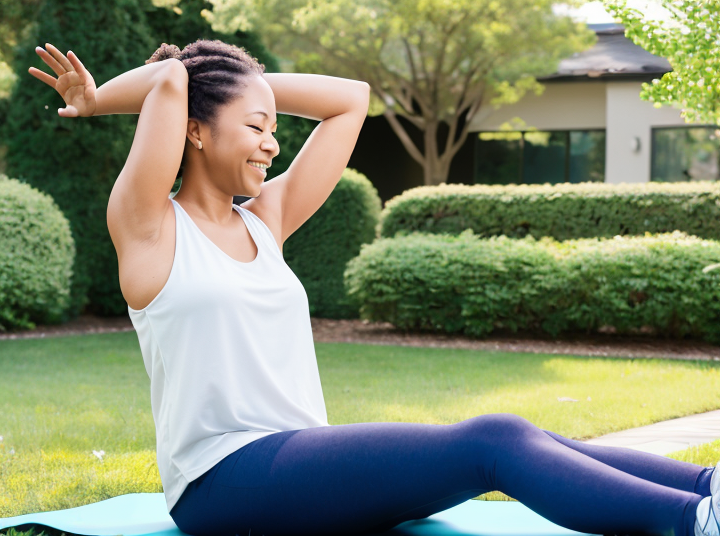The Do’s and Don’ts of Effective Stretching
Are you tired of waking up with sore muscles after a workout? Do you want to learn how to stretch properly to reduce muscle soreness? If so, you’ve come to the right place! In this article, we’ll cover everything you need to know about effective stretching.
Section 1: Why stretching is important (210 words)
Stretching is an essential part of any workout routine. Not only does it help to reduce muscle soreness, but it can also improve your flexibility and range of motion. When you stretch, you’re also increasing blood flow to your muscles, which can help to reduce the risk of injury.
Section 2: The Do’s of Effective Stretching (210 words)
There are several things you should do when it comes to effective stretching. First, make sure you warm up before you stretch. This can include light cardio, such as jogging or jumping jacks, for 5-10 minutes. Second, hold each stretch for at least 30 seconds. This will give your muscles enough time to relax and lengthen. Finally, breathe deeply and slowly as you stretch. This can help to relax your muscles even further.
Section 3: The Don’ts of Effective Stretching (210 words)
There are also several things you should avoid when it comes to effective stretching. First, don’t bounce when you stretch. This can cause your muscles to tighten up, leading to injury. Second, don’t hold your breath while you stretch. This can also cause your muscles to tighten up, making it harder to stretch effectively. Finally, don’t overstretch. If a stretch feels painful, stop and try a different stretch.
Section 4: Different Types of Stretches (210 words)
There are several different types of stretches you can do to reduce muscle soreness. One of the most common is static stretching, which involves holding a stretch for a period of time. Dynamic stretching, on the other hand, involves moving your body through a range of motion. Other types of stretches include PNF stretching, which involves a combination of stretching and contracting your muscles, and foam rolling, which can help to release tension in your muscles.
Section 5: When to Stretch (210 words)
It’s important to know when to stretch to get the most out of your workout. Ideally, you should stretch both before and after your workout. Before your workout, focus on dynamic stretching to warm up your muscles and prepare them for exercise. After your workout, focus on static stretching to reduce muscle soreness and improve flexibility.
In conclusion, effective stretching is an important part of any workout routine. By following the do’s and don’ts of stretching, you can reduce muscle soreness, improve flexibility, and reduce the risk of injury. Remember to warm up before you stretch, hold each stretch for at least 30 seconds, and breathe deeply and slowly as you stretch. Avoid bouncing, holding your breath, and overstretching, and try different types of stretches to find what works best for you. And don’t forget to stretch both before and after your workout for maximum benefits. Happy stretching!
“>
You may like this video!
